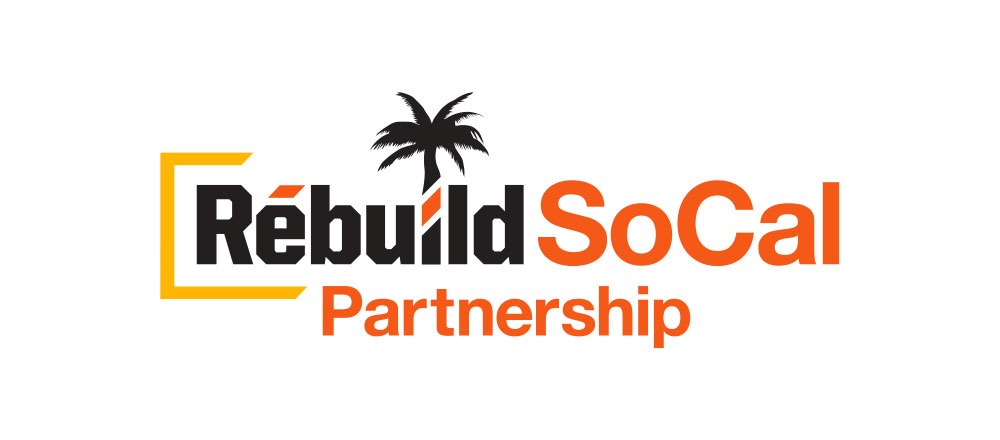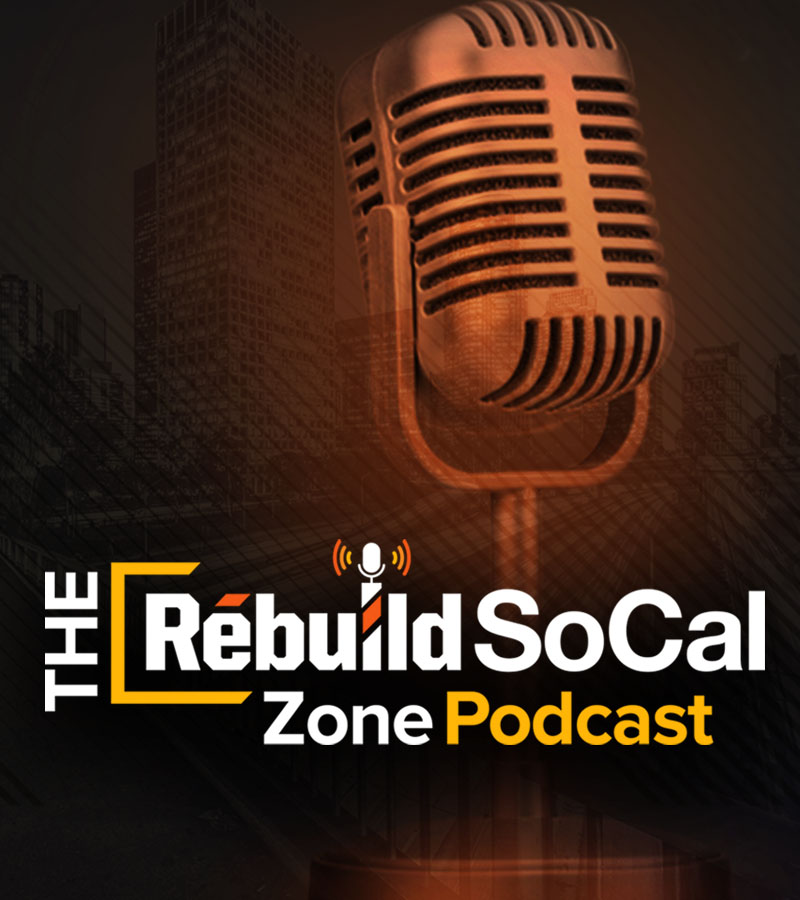State’s Water Infrastructure Needs Attention, Funding
“Today there is a heightened awareness of the importance of our physical infrastructure to the economic health of the nation and the well-being of its citizens, not to mention our national pride,” acclaimed historian Henry Petroski began his 2016 book, “The Road Taken: The History and Future of America’s Infrastructure.”
Over the years, the spotlight has turned to water infrastructure as well as the roads, bridges and highways Petroski wrote about.
Every American likes to believe we’ve got the best, but the United States falls far short of first place on an international level. On a national level, California’s water rating also ranks low, coming in at 47 out of 50. We’ve hit the level where being aware of the problem is no longer enough, we’ve now got to give the proper attention and funding to fixing it.
How the flow goes
Water infrastructure, like other infrastructure, is taken for granted until the minute something goes wrong. Californians no longer have to look across the country to find examples of failed infrastructure, poor water quality, or dangerous contaminants. We just have to look in our backyards to places such as City of Commerce, Riverside, Pasadena, Needles, Teviston, Dos Palos, or Mendocino.
Research by the Kaiser Foundation in 2019 found more than a million Californians — more than one in 10 people in 12 counties — received unsafe drinking water. About 1,600 of California’s public water systems violated the Environmental Protection Agency (EPA)’s water quality standards, and 23 were serious violators.
On the American Society of Civil Engineer (ASCE)’s Infrastructure Report Card, California receives a “C” grade for drinking water. Pointing out the state’s aging network of storage and conveyance facilities, the ASCE highlights the Los Angeles Department of Water and Power with approximately 28% of the city’s 6,780 mainline pipes installed before 1938.
California’s poor drinking water affects mostly its low-income and rural communities. In reviewing data from more than 140,000 public water systems across the country, The Guardian found Latinos are disproportionately exposed because this population often lives near industrial farms that pollute local water with nitrates in runoff from fertilizers and manure. The systems with the highest EPA violations were in California.
Finding funding
As part of Governor Newsom’s $100 billion California Comeback Plan, a total of $5.1 billion over four years will support immediate drought response and long-term water resilience. “Shoring up our water resilience, especially in small and disadvantaged communities, is imperative to safeguarding the future of our state in the face of devastating climate change impacts that are intensifying drought conditions and threatening our communities, the economy and the environment,” he said.
Over the next 20 years, California’s drinking water infrastructure will require $51 billion in additional funding. The $1 trillion federal infrastructure bill includes an investment to ensure clean, safe drinking water and dedicates an increasing amount each year for grants to removing lead-contaminated pipes and making other infrastructure upgrades. At least $25 million per year will go directly to “small and disadvantaged communities” across the U.S. The infrastructure bill still awaits a final vote by the House.
Californians are learning all too quickly how vital it is to have access to clean drinking water and how it impacts our well-being and our economy. Investing in important water infrastructure could bring back that sense of pride if we’re actually able to deliver clean drinking water to all communities.
Stay up-to-date on water infrastructure and other infrastructure issues by signing up for the Rebuild SoCal Partnership newsletter. Follow us on Facebook, Twitter and Instagram, and listen to The Rebuild SoCal Zone podcast.

